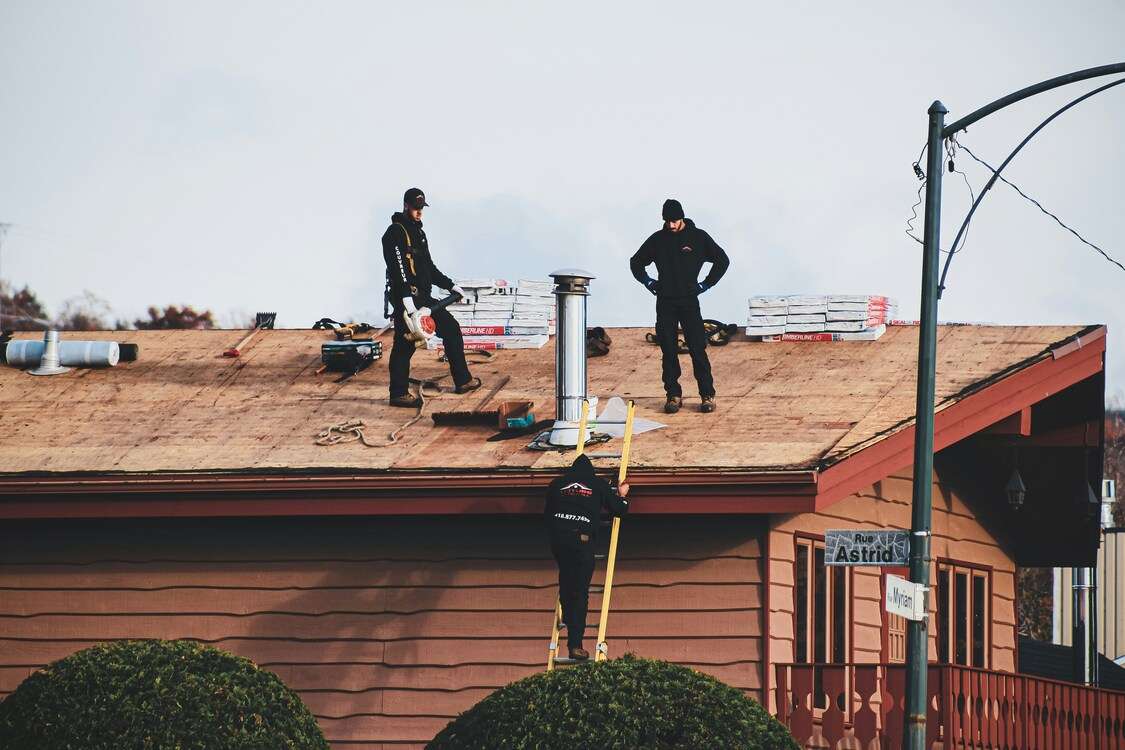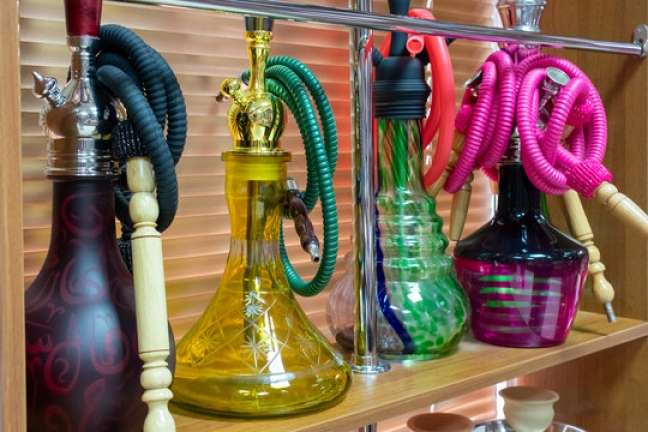Keeping your house cool and comfortable is very important, especially if you live in a place where the summers are unbearably hot or in an area where the weather is always warm. In addition to being physically comfortable, the capacity to establish a calm and comfortable atmosphere in the face of rising temperatures has a substantial impact on mental health and the general quality of life. Luckily, you can transform your living area into a peaceful haven while protecting yourself from the sweltering heat by carefully combining sensible tactics and creative solutions. There are countless helpful hints and techniques available to assist you in battling the unrelenting heat and making sure your house stays a cool and comfortable refuge, from making simple changes to adopting cutting-edge technology innovations.
The Importance of a Cool Home Environment
A cool home environment is important for reasons far beyond physical comfort; it directly impacts productivity and mental health. High indoor temperatures can have a significant impact on several daily activities, in addition to being uncomfortable due to perspiration in the intense heat. Extended exposure to high temperatures throws off sleep cycles and makes it more difficult for the body to reach deep, restorative sleep stages. This can therefore result in insomnia, restlessness, and disrupted sleep, which can negatively impact mental and general mood as well as cognitive function.
Furthermore, high temperatures inside can be a major distraction, making it harder to focus and concentrate on tasks. Heat-related discomfort can make it difficult to be productive, which can lead to irritability and frustration when working from home or performing daily tasks.
Establishing a cool atmosphere at home is essential for improving general health, promoting relaxation, and guaranteeing higher-quality sleep. People can sleep better and wake up feeling more invigorated when the environment is comfortably cool, which supports the body’s natural sleep cycle. Getting enough sleep not only helps the body recover but also improves mental clarity, alertness, and emotional stability during the day.
A more favorable atmosphere for concentration and productivity is also made possible by keeping interior temperatures lower. People are more productive and less stressed when they are in a comfortable and refreshing environment, which improves concentration, clarity of thought, and task performance.
- Optimizing Air Circulation
Adequate airflow is pivotal for controlling indoor temperatures. Installing ceiling fans strategically in rooms is an excellent starting point, enhancing air circulation and promoting a consistent breeze. Complement these with portable fans positioned strategically to create cross-ventilation. Experiment with fan placement to encourage a steady flow of fresh air throughout your home. During cooler hours, opening windows facilitates the influx of fresh air, aiding in sustaining a pleasantly cool indoor environment.
- Embracing Energy-Efficient Cooling Systems
Investing in programmable thermostat-equipped energy-efficient air conditioners is a smart choice for homeowners looking to enhance control over indoor temperatures and minimize energy waste. With the ability to make tailored temperature adjustments, these state-of-the-art systems not only optimize comfort but also maintain high effectiveness. To ensure the seamless operation and cost-effective cooling of these advanced systems, it’s crucial to prioritize regular maintenance, such as cleaning or replacing the 20x20x1 air filters. This simple yet essential step contributes significantly to the longevity and efficiency of your air conditioning unit, allowing you to enjoy a consistently comfortable and energy-efficient home environment.
- Harnessing Window Treatments
One of the most important things to control sunlight penetration is window coverings. To minimize solar heat gain indoors, choose light-colored, reflective window treatments such as blinds, shades, or curtains to deflect heat. When carefully positioned in sun-exposed areas, blackout curtains or shades serve as efficient barriers against extreme heat, considerably lowering the rise in indoor temperature.
- Creating Exterior Shade
Well-planned exterior shading options, like installing awnings or planting trees, serve as barriers against the exterior of your home absorbing heat. These techniques help to maintain a colder interior environment by efficiently reducing heat transfer to the interior spaces. Well-placed external shade elements improve the appearance of your home and also make a big difference in indoor comfort.
- Sealing and Insulating
To stop unwelcome heat exchange, air leaks around doors, windows, and other openings must be found and sealed. By reducing the amount of warm air infiltration and cool air escape, proper insulation is essential to maintaining constant interior temperatures. Improved insulation, caulking, or weatherstripping for floors, walls, and attics can greatly increase energy efficiency and help maintain a comfortably cool interior environment.
- Utilizing Heat-Resistant Materials
One proactive way to reduce indoor heat absorption is to choose furniture and décor made of heat-resistant materials. Choose breathable materials for your bedding and upholstery to improve moisture evaporation and air circulation. Because lighter-colored materials reflect sunlight more successfully, they absorb less heat and create a cooler atmosphere.
- Strategic Cooking Practices
Adjusting cooking habits to minimize indoor heat generation is essential. Scheduling kitchen activities during cooler times of the day or opting for outdoor cooking methods reduces heat emissions indoors. Utilizing smaller appliances, like microwaves or slow cookers, instead of conventional ovens significantly decreases heat production, ensuring a cooler indoor environment.
- Leveraging Smart Technology
Remote temperature control is enabled by integrating smart home technologies, such as smart assistants or programmable thermostats. By adjusting settings based on user preferences and usage patterns, these cutting-edge gadgets maximize comfort and utility. Their capacity to adapt and change settings as needed guarantees the perfect balance between energy conservation and keeping a cool environment.
- Designating Cooling Spaces
Establishing dedicated areas for cooling, such as well-ventilated rooms or basements, provides a haven during the warmer months. These spaces, which are equipped with fans and cozy seating, offer a cool haven from the heat, enabling comfort and leisure on hot days.
When thoughtfully combined, all of these tactics help to maintain a cool and cozy home atmosphere, which promotes relaxation and improves general well-being.
Also, visit here: The Different Types of Homes to Consider for Retirement in Thailand
Final Words
Maintaining a cool and comfortable home involves a variety of strategies that must be carefully combined to create a refreshing indoor environment. Homes can create an environment that supports comfort and energy efficiency by using energy-efficient cooling systems, optimizing airflow through fans and open windows, implementing efficient window treatments, and considering Custom AC Filters.
Together, these tactics create a consistently cool and welcoming interior environment, which promotes better health and a higher standard of living. A cooler house not only promotes rest but also improves sleep quality boosts productivity, and makes life more enjoyable for all. By incorporating these practices, homeowners can create cool havens that provide relief from the heat and comfort, thereby creating a genuinely enjoyable living environment regardless of the external temperature.
















